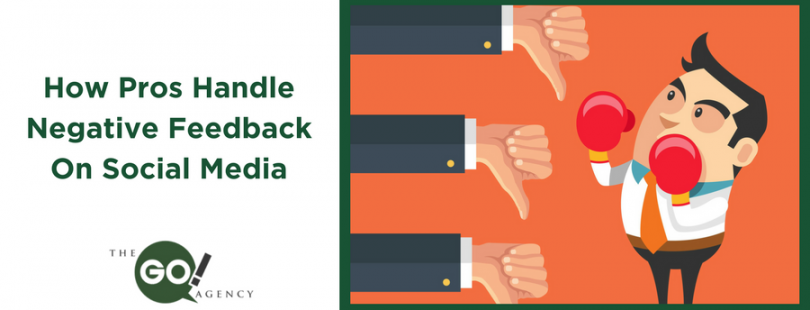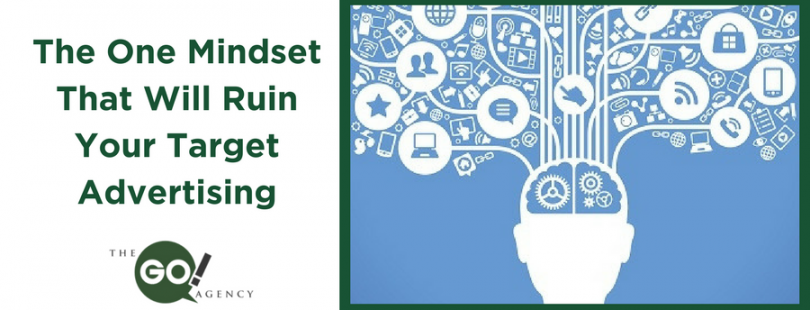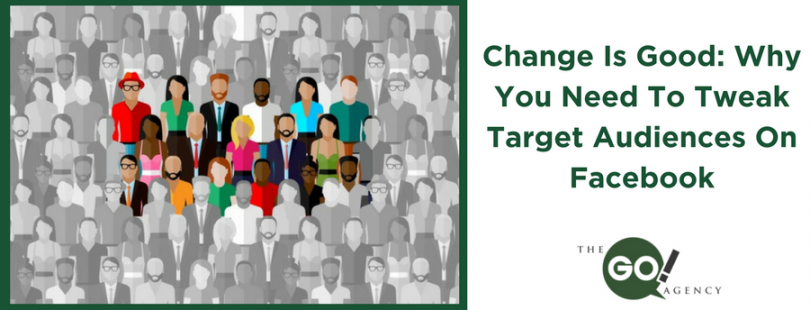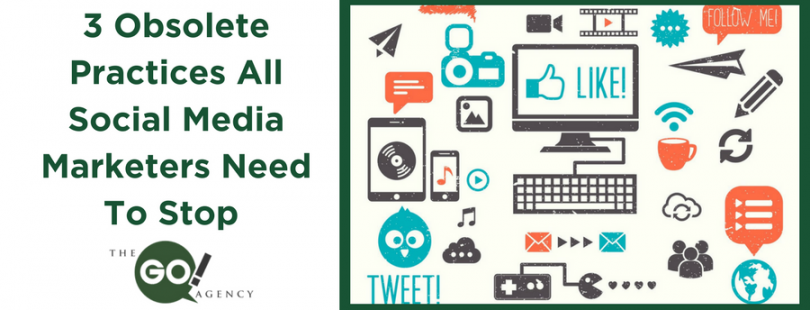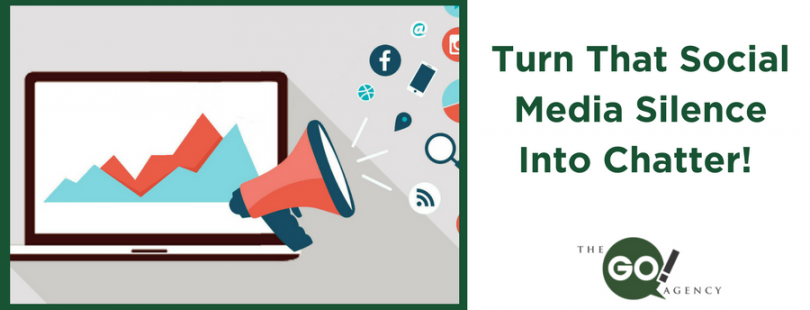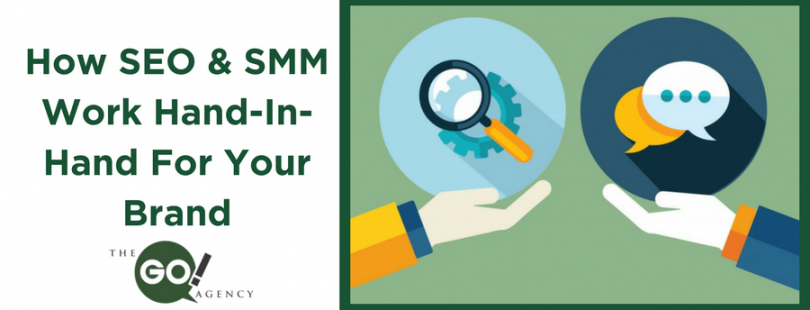Let’s think about a billboard for a moment. The marketers behind that message carefully crafted their advertisement both on a copywriting and visual level. But while there are plenty of statistics available about the location in terms of both vehicular and pedestrian traffic, you will hardly have any solid metrics or analytics proving how effective the billboard is.
With social media, however, you don’t have this problem at all. Social media marketers have the opportunity to study a seemingly endless sea of metrics that analyze every aspect of their content. But with so many different aspects to study, it’s important to know which metrics you should be studying.
Refining your metric strategy is an important step in improving your social media marketing as a whole. It’s helpful to do this around this time of year as the holiday rush is over and now you can take the time to really analyze your approach.
Want to learn more about how your social media marketing is doing? Then focus on these metrics:
1. Conversation rate. This is a popular term in the social media marketing industry. But what does it mean? Your conversation rate compares your number of followers to the number of those commenting on your content in a specific period of time. You could have 20,000 followers, but if you are not receiving any comments, then all those numbers don’t amount to much. If your conversation rate is high, however, that means those followers actually care about your brand enough to interact with it, which means the likelihood of them purchasing a product or service is much higher as well.
2. Audience Demographics. When you start to grow a decent following on Facebook, Twitter, Instagram, or another platform, you will need to start analyzing your demographics. For example, you may be surprised that more women than men like your brand, or that you have an especially high number of followers in Seattle. Some of these may not be surprising at all, which is a good thing. This means you’ve accurately predicted your audience and are reaching the right people. If you aren’t, it’s time to re-evaluate and determine how you can reach those people.
3. Conversion rate. Last but not least, conversions, (no, we’re not repeating number one, read that word closer!) This is one of the most important facets of social media marketing and it is only getting more vital to every marketer’s mission. One way to study conversions is click rates, which allows you to see very clearly who clicked what. This will help you see more insights into the ever-changing mindset of your customers. But that’s not the only way to study conversion rates. You can also install a pixel code into your website that will monitor where traffic is coming from. You will be able to accurately see how your social media advertising is benefiting your bottom line.
Metrics are no doubt one of the most vital parts of a social media marketer’s job. Without metrics, we might as well be publishing the equivalent of a digital billboard- sure it’s in an area with heavy traffic, but we have no idea who is looking at it!
Did you know our team at The Go! Agency closely watches each of our clients’ analytics and metrics? That’s right, we love data! Contact us to see how we can help you! https://gosalesandmarketing.com/
Read More



